Introduction:
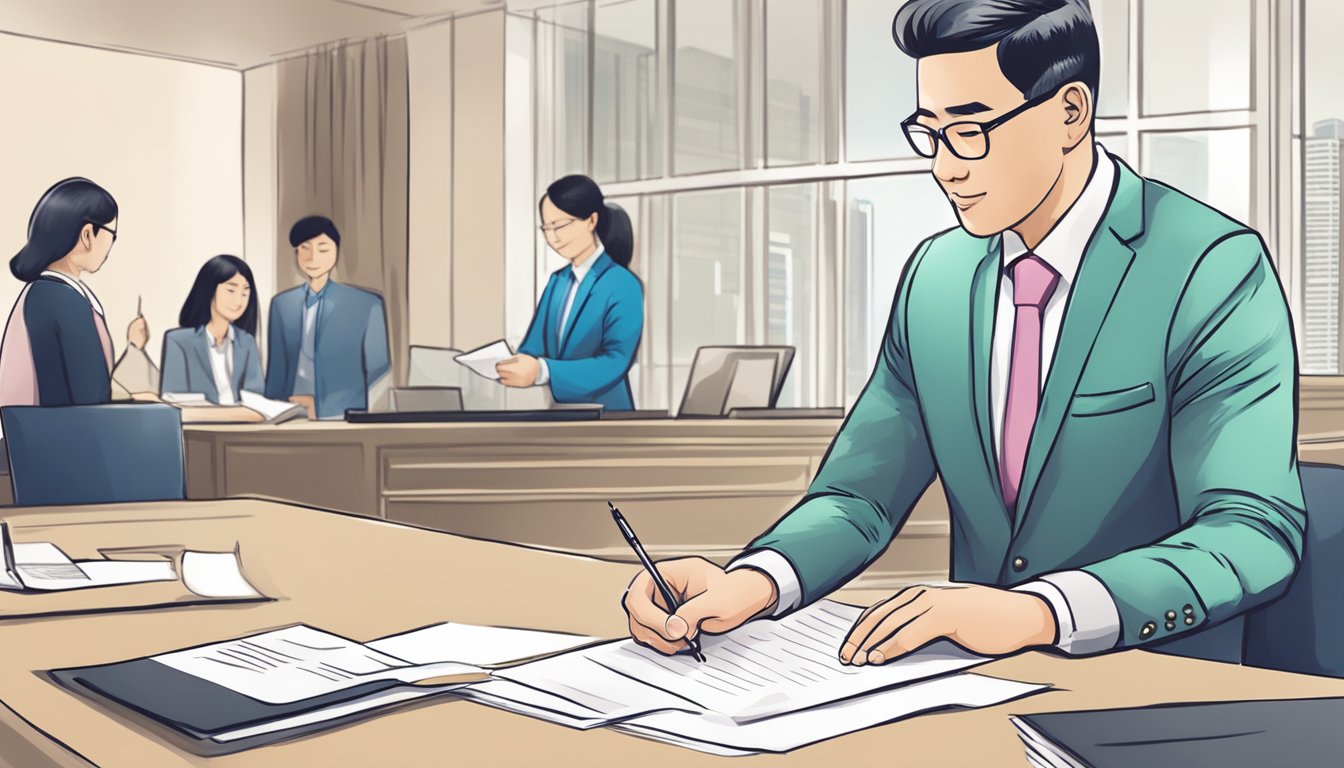
If you’re considering purchasing a second property in Singapore, you’re not alone. Many homeowners are investing in a second property for various reasons, including generating passive income, capital appreciation, and long-term wealth creation. However, before you dive into the property market, there are several considerations to keep in mind to ensure that you make an informed decision that aligns with your financial goals.
Understanding the Basics of Purchasing a Second Property in Singapore:
When it comes to purchasing a second property in Singapore, there are several regulations and policies to keep in mind. For example, you’ll need to pay Additional Buyer’s Stamp Duty (ABSD) if you’re a Singaporean citizen or permanent resident and already own one or more properties. The ABSD rates vary depending on your residency status and the number of properties you own. Additionally, if you’re purchasing a second property as an investment, you’ll need to consider factors such as potential rental yield, capital appreciation, and return on investment (ROI).
Financial Considerations and Planning:
Before you make any property purchase, it’s essential to have a solid financial plan in place. This plan should include a detailed breakdown of your income, expenses, and financial goals. You’ll also need to consider factors such as your credit score, debt-to-income ratio, and borrowing capacity. Additionally, it’s recommended that you work with a financial advisor or property agent who can provide you with expert guidance and advice on your property investment journey.
Key Takeaways
- Before purchasing a second property in Singapore, it’s essential to understand the regulations and policies surrounding property ownership, such as ABSD rates.
- It’s crucial to have a solid financial plan in place, including a detailed breakdown of your income, expenses, and financial goals, before making any property purchase.
- Working with a financial advisor or property agent can provide you with expert guidance and advice on your property investment journey.
Understanding the Basics of Purchasing a Second Property in Singapore

If you’re considering purchasing a second property in Singapore, there are some key factors to consider. In this section, we’ll cover the eligibility criteria for second property purchase, the additional buyer’s stamp duty (ABSD), and loan-to-value (LTV) ratio and financing options.
Eligibility Criteria for Second Property Purchase
Before you can even think about purchasing a second property in Singapore, you need to meet certain eligibility criteria. Singapore citizens, permanent residents, and foreigners are all eligible to purchase a second property, but there are some restrictions.
If you’re a Singapore citizen or permanent resident, you can purchase a second property without any restrictions. However, if you’re a foreigner, you’ll need to obtain approval from the Singapore Land Authority before you can purchase a second property.
Decoding the Additional Buyer’s Stamp Duty (ABSD)
One of the most important things to understand when purchasing a second property in Singapore is the additional buyer’s stamp duty (ABSD). This is a tax that is imposed on buyers who purchase a second or subsequent property in Singapore.
The ABSD rates vary depending on your residency status and the number of properties you own. For Singapore citizens purchasing their second property, the ABSD rate is 12% of the property’s purchase price. For permanent residents purchasing their second property, the ABSD rate is 15% of the property’s purchase price. Foreigners purchasing their second property face an ABSD rate of 20% of the property’s purchase price.
Loan-to-Value (LTV) Ratio and Financing Options
When purchasing a second property in Singapore, you’ll also need to consider the loan-to-value (LTV) ratio and financing options. The LTV ratio is the amount of money you can borrow compared to the property’s purchase price.
For Singapore citizens purchasing their second property, the LTV ratio is 45%. For permanent residents purchasing their second property, the LTV ratio is 35%. Foreigners purchasing their second property face an LTV ratio of 20%.
In terms of financing options, you can choose between a bank loan or a Housing Development Board (HDB) loan. Bank loans typically offer more flexibility and lower interest rates, but HDB loans have lower down payment requirements.
In conclusion, purchasing a second property in Singapore can be a great investment opportunity, but it’s important to understand the eligibility criteria, ABSD rates, and financing options before making a decision. By doing your research and consulting with a qualified real estate agent, you can make an informed decision that will benefit you in the long run.
Financial Considerations and Planning
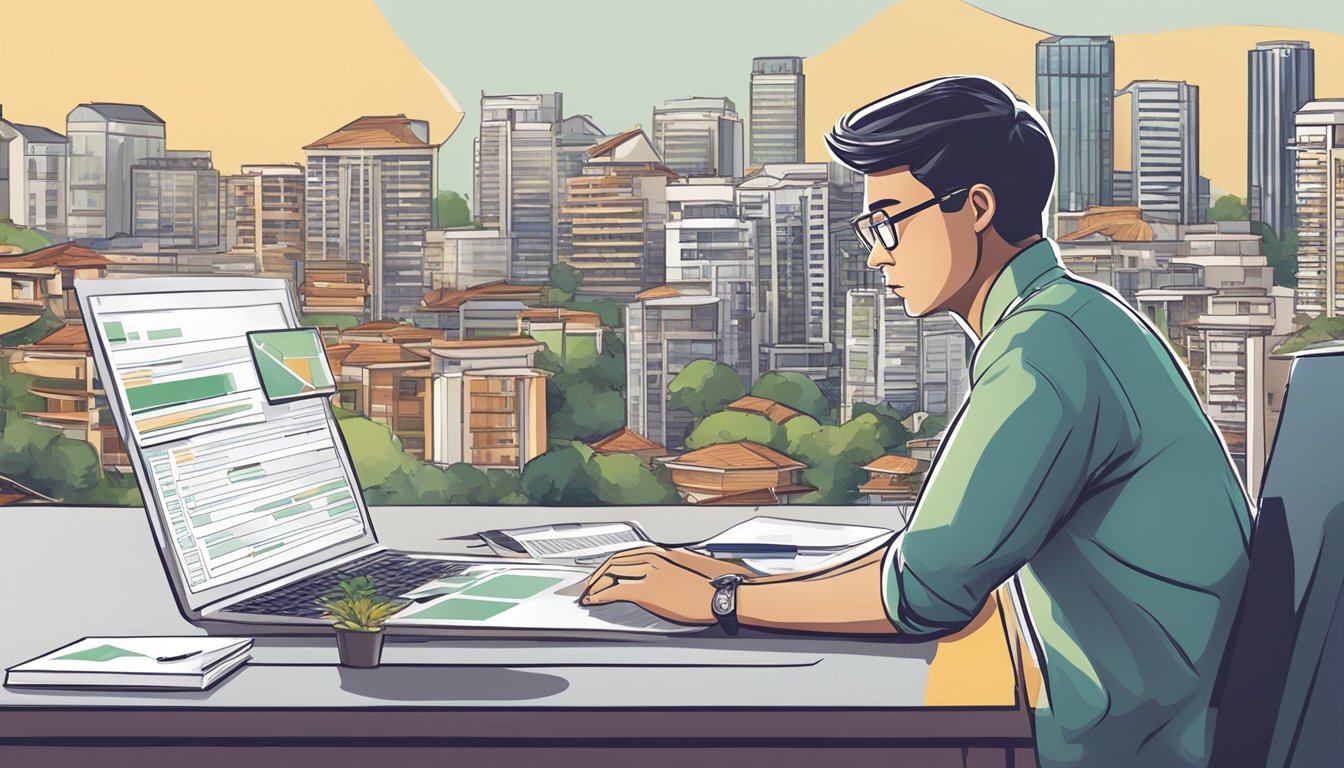
When it comes to purchasing a second property in Singapore, there are several financial considerations and planning that you need to take into account. In this section, we will discuss some of the key factors to consider before making your investment.
Managing Cash and CPF Funds for Your Purchase
One of the first things to consider when purchasing a second property is how you will manage your cash and CPF funds. It is important to ensure that you have enough cash and CPF funds to cover the down payment, stamp duties, legal fees, and other expenses that come with buying a property.
You can use your CPF Ordinary Account (OA) to pay for the down payment and monthly mortgage payments. However, you will need to have enough cash for the minimum cash down payment, which is currently set at 5% of the property value.
Assessing Mortgage and Property Tax Implications
Another important factor to consider when purchasing a second property is the mortgage and property tax implications. You will need to assess your affordability and eligibility for a mortgage, taking into account your total debt servicing ratio (TDSR) and other financial commitments.
In addition, you will need to budget for property tax payments, which are based on the annual value of the property. It is important to factor in these costs when assessing the overall affordability of your investment.
Budgeting for a Second Property Investment
Finally, it is important to budget for a second property investment. This includes not only the purchase price and associated costs, but also ongoing expenses such as maintenance, repairs, and management fees.
You should also consider your investment goals and how a second property fits into your overall financial plan. This can help you make informed decisions about the type of property to purchase and the level of investment you are willing to make.
Overall, purchasing a second property in Singapore requires careful financial planning and consideration. By taking the time to assess your affordability and budget for your investment, you can make informed decisions that align with your financial goals.
Market Insights and Property Types
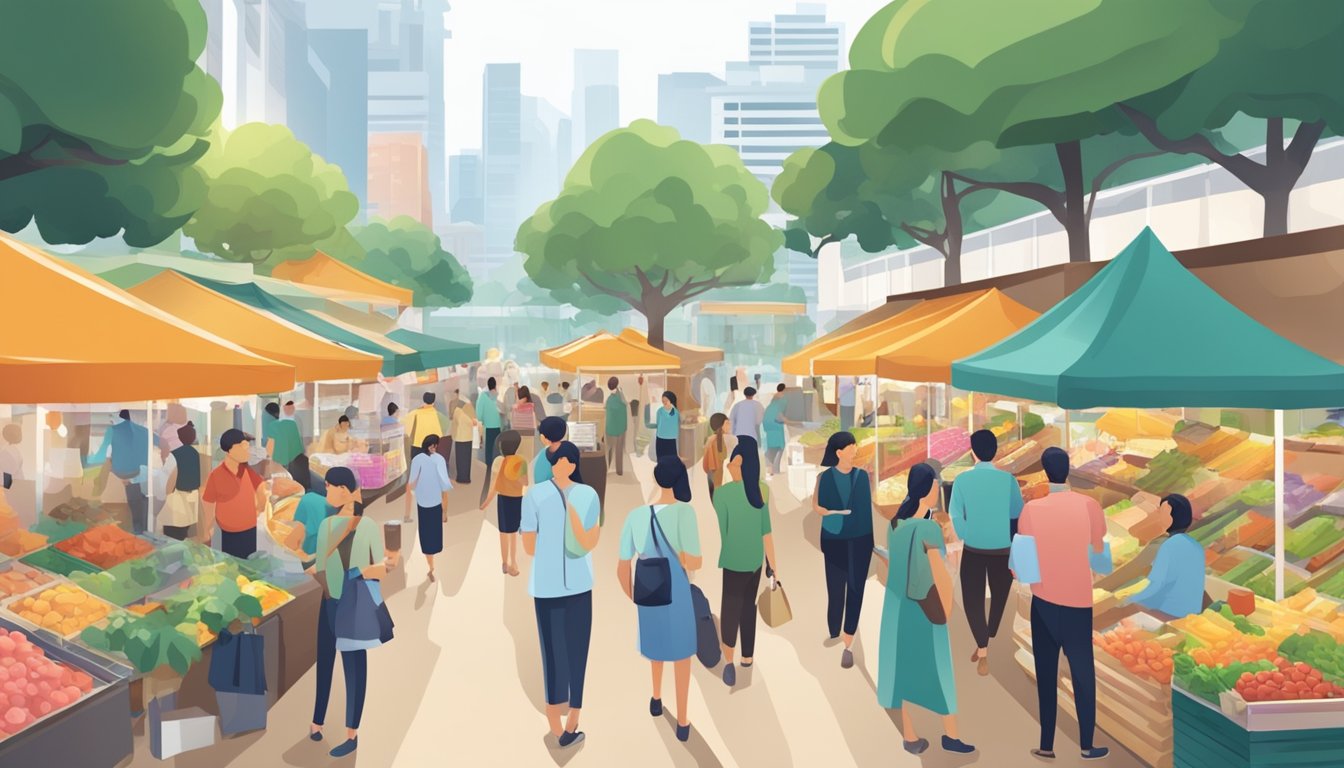
If you are considering purchasing a second property in Singapore, it is essential to have a good understanding of the property market and the different types of residential properties available.
Analysing Singapore’s Property Market Trends
The Singapore property market has experienced fluctuations in demand and prices over the years. In recent years, the government has implemented several cooling measures to prevent the property market from overheating. These measures include the Additional Buyer’s Stamp Duty (ABSD) and the Total Debt Servicing Ratio (TDSR) framework.
Despite these measures, the property market in Singapore remains stable, and demand for residential properties continues to be strong. In particular, properties located in prime areas and near amenities tend to be in high demand.
Exploring Residential Property Types and Locations
When it comes to residential properties, there are various options available, ranging from Housing and Development Board (HDB) flats to private condominiums. HDB flats are a popular option for first-time homebuyers, while private condominiums offer more luxurious living options.
When considering a second property, you may want to explore locations that are up-and-coming, such as the Jurong Lake District. This area is set to become Singapore’s second Central Business District and is expected to attract significant investment in the coming years.
Investment Properties: Condominiums and Executive Condominiums (EC)
If you are looking for an investment property, condominiums and Executive Condominiums (EC) are popular options. Condominiums offer a range of amenities and facilities, such as swimming pools and gyms, while ECs are a more affordable option for those who meet the eligibility criteria.
Under the Design, Build and Sell Scheme (DBSS), flats are also available for purchase. These flats are built by private developers and are similar to HDB flats in terms of design and layout.
Overall, the Singapore property market offers a range of options for those looking to purchase a second property. By understanding the different types of properties and locations available, you can make an informed decision that meets your needs and budget.
Maximising Investment Returns
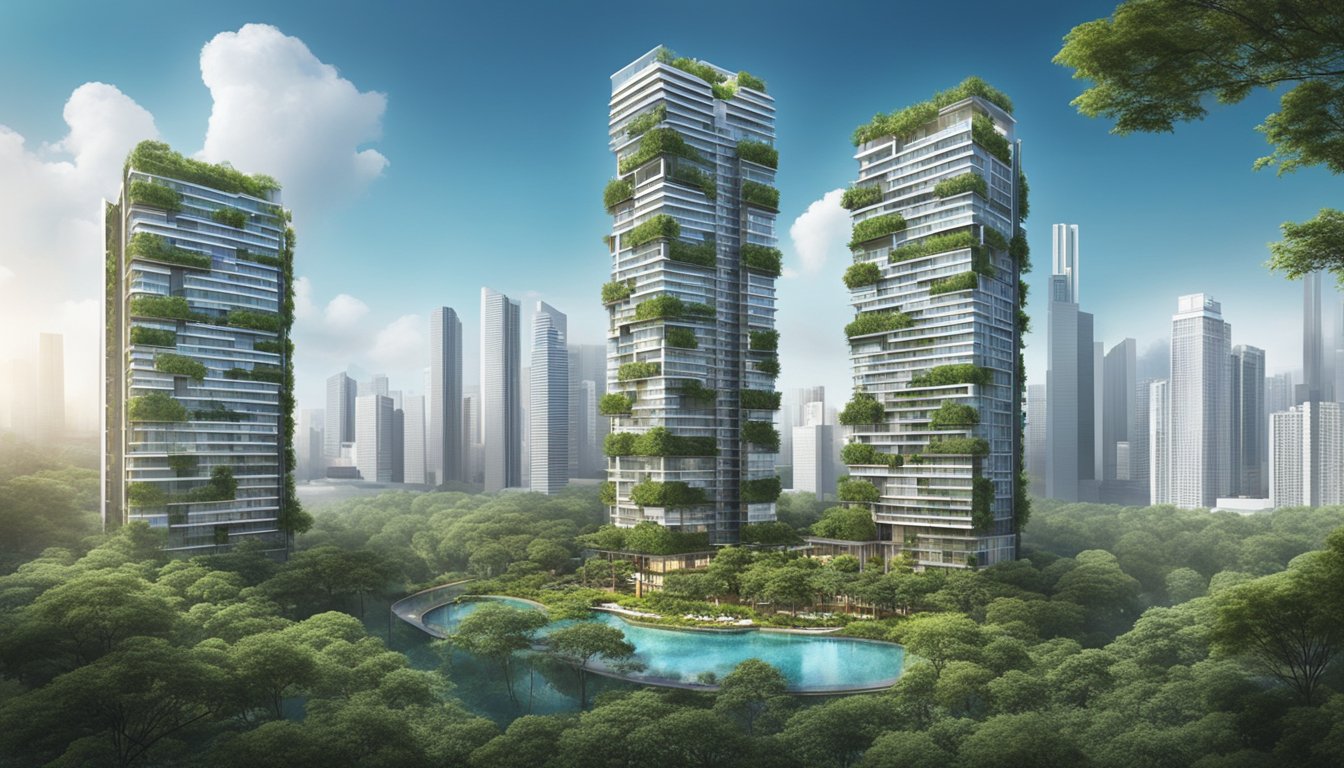
When purchasing a second property in Singapore, maximising investment returns should be a top priority. Here are some strategies to consider:
Strategies for Capital Appreciation and Rental Yield
To maximise your investment returns, you need to consider the rental yield and capital appreciation of the property. Rental yield is the rental income you receive from your property as a percentage of the property’s value. Capital appreciation is the increase in the value of the property over time.
One strategy is to look for properties in areas with high rental rates. This will help you generate a higher rental income and increase your rental yield. Additionally, you can look for properties in areas with high potential for capital appreciation. This will help you generate a higher return on investment over time.
Another strategy is to invest in sustainable properties. These properties are designed to be environmentally friendly and energy-efficient, which can help you save on utility costs and increase the property’s value over time.
Understanding the Impact of Property Cooling Measures
It is important to understand the impact of property cooling measures when purchasing a second property in Singapore. These measures are put in place by the government to prevent the property market from overheating and to ensure a sustainable property market.
One measure is the Additional Buyer’s Stamp Duty (ABSD), which is a tax imposed on buyers who purchase additional properties. This can significantly increase the cost of purchasing a second property and affect your return on investment.
Another measure is the Total Debt Servicing Ratio (TDSR), which limits the amount of debt a borrower can take on. This can affect your ability to finance the purchase of a second property.
By understanding these measures, you can make informed decisions and develop a strategy that takes them into account.
Overall, maximising investment returns when purchasing a second property in Singapore requires careful consideration of rental yield, capital appreciation, and property cooling measures. By developing a sound strategy and investing in sustainable properties, you can increase your return on investment and create a sustainable property portfolio.
Navigating the Purchase Process

When it comes to acquiring your second property in Singapore, there are several steps you need to take. By following these steps, you can ensure that the process is smooth and stress-free.
Steps to Acquiring Your Second Property in Singapore
The first step is to determine your eligibility for purchasing a second property in Singapore. If you are a Singapore Permanent Resident (PR) or a foreigner, you will need to pay an Additional Buyer’s Stamp Duty (ABSD) on top of the Buyer’s Stamp Duty (BSD). Singapore citizens are exempt from ABSD when purchasing their second property.
Next, you will need to decide whether you want to purchase a private property or an HDB flat. HDB owners will need to fulfil a 5-year Minimum Occupation Period (MOP) before they can purchase a second property. If you are a private property owner, you will not be subject to the MOP.
Once you have decided on the type of property you want to purchase, you will need to consider your financing options. You can use your CPF savings to pay for the downpayment and monthly instalments of your second property. Additionally, you can also consider using a home loan to finance your purchase. It is important to note that loan eligibility and interest rates will depend on your gross monthly salary and credit score.
Leveraging Expertise: Working with Real Estate Agents
Navigating the purchase process for your second property in Singapore can be overwhelming. That’s why it’s important to work with a trusted real estate agent who can guide you through the process. A good agent can help you find properties that meet your specific needs and budget, negotiate the best deal on your behalf, and provide valuable insights into the local property market.
When working with a real estate agent, it’s important to choose someone who is experienced, knowledgeable, and trustworthy. Look for an agent who has a proven track record of success in helping clients with second property purchases. Additionally, make sure that the agent you choose is registered with the Council for Estate Agencies (CEA) and adheres to ethical standards.
In summary, acquiring your second property in Singapore can be a complex process, but by following these steps and working with a trusted real estate agent, you can make the process easier and more manageable. With the right approach, you can turn your second property purchase into a valuable source of passive income and a smart investment for your future.
Frequently Asked Questions
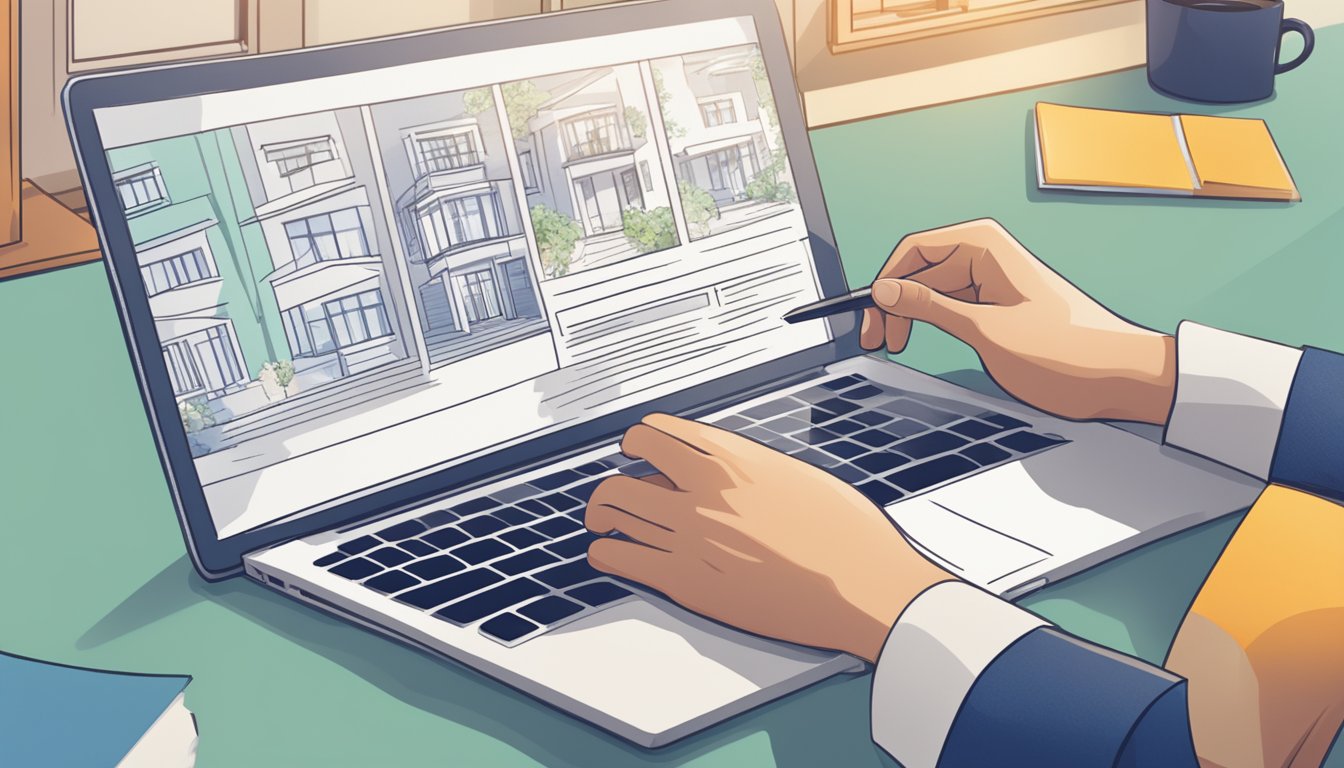
What are the latest stamp duty rates for acquiring a second home in Singapore?
If you’re planning on buying a second property in Singapore, you’ll need to take into account the Additional Buyer’s Stamp Duty (ABSD). As of February 2024, the ABSD rates are as follows:
- 12% for Singapore Citizens (SC) purchasing their second residential property
- 15% for Singapore Permanent Residents (SPR) purchasing their second residential property
- 20% for all foreigners purchasing any residential property
- 25% for entities
Can I have the pleasure of owning two homes in Singapore, and what are the conditions?
Yes, you can own two homes in Singapore, but you’ll need to fulfill certain conditions. If you’re a Singapore Citizen or Permanent Resident, you’ll need to pay the ABSD on your second property purchase. If you’re a foreigner, you’ll need to pay the ABSD on your first property purchase. Additionally, you’ll need to sell your first property within six months of purchasing your second property, unless you’re granted an extension by the authorities.
How can one calculate the downpayment required for a second property purchase in Singapore?
The minimum cash down payment for a second residential property is 25%, compared to 5% for a first property. With enough funds, you can use your CPF funds to pay part of the downpayment for your second property. To calculate the downpayment required, simply multiply the purchase price of the property by 25%.
What’s the maximum loan-to-value ratio for a second property loan in our vibrant city-state?
The maximum loan-to-value (LTV) ratio for a second property loan in Singapore is 45%. This means that you’ll need to pay at least 55% of the purchase price in cash and CPF funds.
Is investing in a second property in Singapore a savvy financial move?
Investing in a second property in Singapore can be a savvy financial move if you do your research and make an informed decision. Property prices in Singapore have been rising steadily over the years, and owning a second property can provide you with a steady stream of rental income. However, it’s important to take into account the costs involved, such as the ABSD, property taxes, and maintenance fees.
Could you enlighten me on how to buy a second property in Singapore without incurring Additional Buyer’s Stamp Duty?
If you’re a Singapore Citizen or Permanent Resident, you can avoid paying the ABSD on your second property purchase by fulfilling the following conditions:
- You must sell your first property within six months of purchasing your second property
- You must not own any other residential property at the time of your second property purchase
If you’re a foreigner, there’s no way to avoid paying the ABSD on your first property purchase. However, you can reduce the amount of ABSD you need to pay by purchasing a property jointly with a Singapore Citizen or Permanent Resident.




